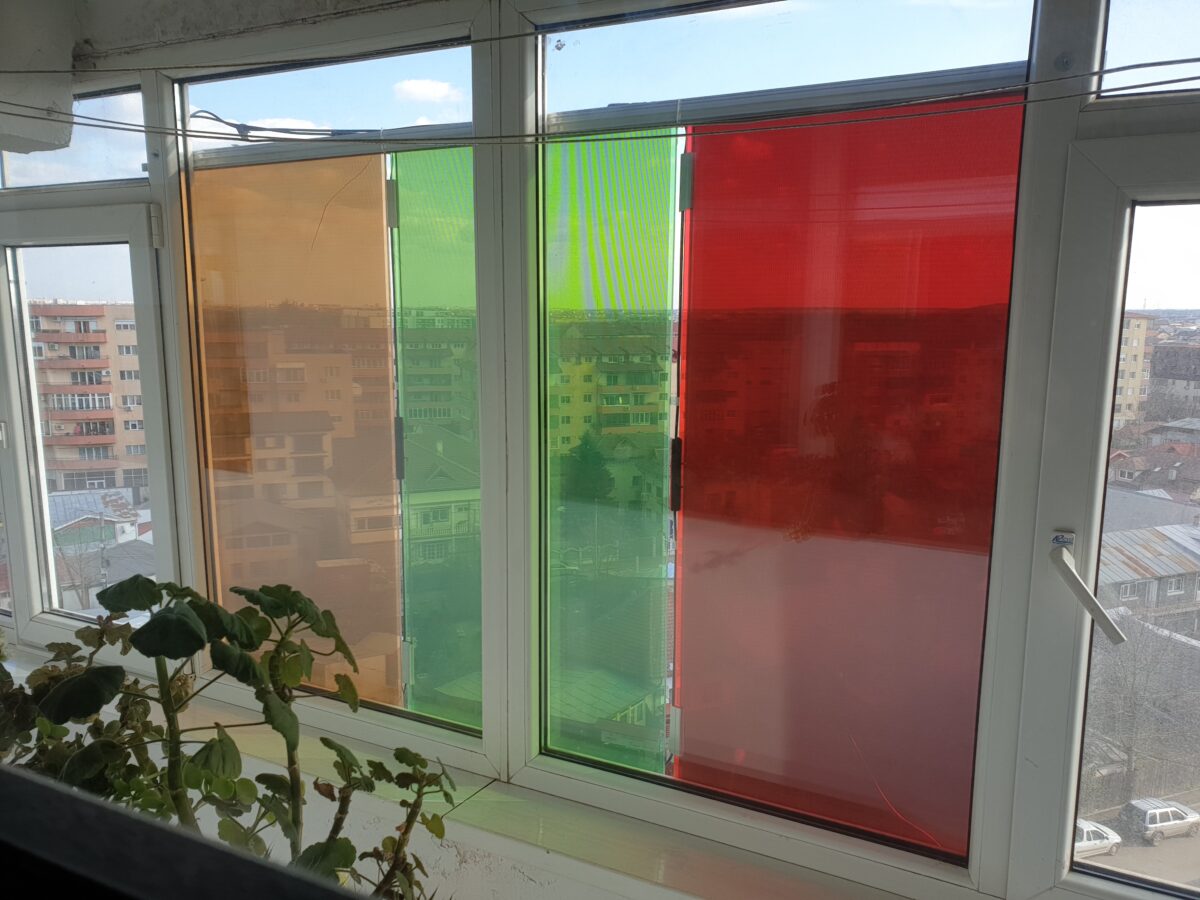Photovoltaic Windows (PVW) has developed a domestic hot water system powered by cadmium telluride (CdTe) semi-transparent PV glass. It claims the system works off-grid without the need for an inverter or storage. The solution is especially suitable for apartment buildings and can reportedly be installed without approval from an electricity supplier or building permits.
The CdTe thin-film PV glass is manufactured by China-based Advanced Solar Power (ASP) and is available in transparencies of 10% through 90%. The 90% transparency glass has a nominal power of 8 W while the glass with 10% transparency has a nominal power of 76 W. The PV glass measures 1,200 mm x 600 mm x 7 mm, has a surface area of 0.72 square meters, and weighs 12 kg. The temperature coefficient is -0.214% per degree Celsius and the operating temperature ranges from -40 C to 85 C.
“Depending on the available surface area, orientation, location, and the chosen degree of transparency, these systems can provide more than half of the domestic hot water needed by a family of 3 to 4 people for a year,” PVW’s administrator Adrian Baisan told pv magazine. “The operating principle of such systems is based on the fact that resistors (heaters) work equally well in direct current (from the photovoltaic windows) or alternating current (from the grid),” he explained. “This eliminates the need to convert the current produced by the photovoltaic windows into alternating current, as long as the domestic hot water requirement is not completely covered by the photovoltaic system.”
The company completed a pilot installation on the balcony of a high-story apartment building in Bucharest last December. The project was developed in two stages. The first stage included 3 PV glasses of different colors and transparencies and one small 15 liter/1.2 kW water heater. The second stage added 11 PV glasses, nine with 30% transparency and two with 10%, and one water heater with 80 liters/3 kW capacity.
“A system with 0.7 kW installed power would provide an overall economy of approximately €1,100 per year per apartment (for Bucharest), which is equivalent to the economy produced by a 3 kW to 4 kW system installed on a [residential rooftop installation],” said Baisan. “This is due to the prevention of hot water waste inherent to those who live on [apartments] upper floors, combined with reduced consumption of electricity due to the use of photovoltaic windows.”
An integrated automatic controller opens the possibility of heating the water with electricity from the grid when solar power is unavailable, although the system would then need to be grid-connected.
The pilot installation has been performing as expected, according to Baisan. He noted that south-facing windows have the best performance, while east- or west-oriented windows generate approximately 70% of the energy of south-oriented oriented windows. Systems installed in Romania’s far north would reportedly produce about 5% less energy than those in the country’s south.
This content is protected by copyright and may not be reused. If you want to cooperate with us and would like to reuse some of our content, please contact: editors@pv-magazine.com.



2 comments
By submitting this form you agree to pv magazine using your data for the purposes of publishing your comment.
Your personal data will only be disclosed or otherwise transmitted to third parties for the purposes of spam filtering or if this is necessary for technical maintenance of the website. Any other transfer to third parties will not take place unless this is justified on the basis of applicable data protection regulations or if pv magazine is legally obliged to do so.
You may revoke this consent at any time with effect for the future, in which case your personal data will be deleted immediately. Otherwise, your data will be deleted if pv magazine has processed your request or the purpose of data storage is fulfilled.
Further information on data privacy can be found in our Data Protection Policy.